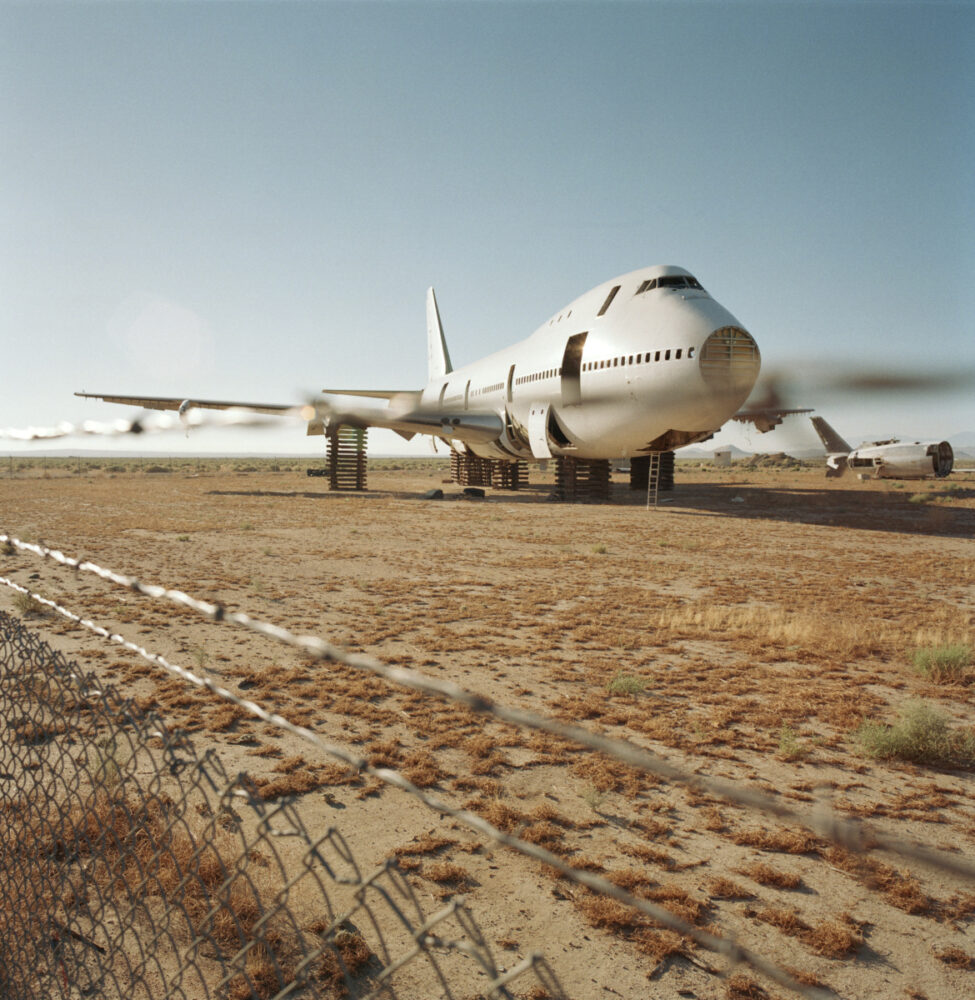The downturn in commercial aviation has seen several key airlines retiring the Queen of the Skies. British Airways, Virgin Atlantic and Qantas have removed the type from their fleets, while other airlines will come back with smaller stables of Queens post-pandemic. But what happens to these aircraft now, and just how do you scrap something as big as a Boeing 747?

Valuable parts
Despite the 747 falling out of favor with passenger airlines, the type is still very much in demand by cargo carriers. As there is no fundamental difference in the hardware used on the passenger or cargo version, the secondhand market for parts remains strong, and is likely to do so for some time to come.
Stay informed: Sign up for our daily aviation news digest.
As such, the companies tasked with breaking up the airframe must do so carefully, to preserve the saleable parts in good condition. High-value items include the engines, nacelles, avionics, escape slides, landing gear, flight controls, wheels and brakes. Of course, there are many more pieces that can be resold if the market demands them.

As well as preserving parts that can be sold, scrapping something as large as a 747 has an environmental cost too. Dismantlers are always keen to repurpose, recycle or reuse as much of the airframe as possible to minimize waste generated by the process. Some elements are environmentally hazardous, such as the hydraulic fluid, oil and fuel, and need to be handled sensitively to avoid it damaging the environment.
All this means that scrapping a 747 is a methodical and precise process, not just a case of tearing it down as quickly as possible.
Five steps to success
Scrapping a 747 works in five key stages. First, the fluids are drained down from the aircraft. This includes any fuel, oil and hydraulic fluid from the systems and components. These fluids must be safely stored and disposed of to avoid contamination of the local environment.
Next, the giant engines are carefully removed. These elephant-sized jets can fetch hundreds of thousands of dollars on the secondhand market, but are incredibly delicate and need to be removed with absolute precision.
A Boeing 747 in the process of being dismantled at Lleida-Alguaire airport #aviation #mro pic.twitter.com/RSC2iJ6qfA
— Allplane (@Allplane) March 3, 2020
Thirdly, the scrappers must remove and list out any resaleable parts. A Boeing 747 contains around six million parts, many of which can be overhauled and sold on the secondhand market. Typically, 30% of the aircraft will be reused in other 747s.
Fourth, and something fairly unique to the 747, is the safe removal of hazardous material. Notably, earlier versions of the 747 used depleted uranium as counterweights, with each aircraft containing between 692 and 1059 pounds of DU. In 1981 these were replaced with tungsten replacements, but for the 550 aircraft built between 1968 and 1981, this must be carefully extracted and sent to safe storage.
Finally, the remaining metal is torn down rather unceremoniously, often using a digger to tear through the fuselage.

The final teardown
When speaking to the BBC, Mark Gregory, marketing director of Air Salvage International at Cotswold Airport in the UK, revealed that, after removing 130 tons of equipment from the airframe, the company just tears through the 100-ton aircraft shell to break it down. The final part of the demolition is much less precise, as you can see in the clip below (warning, contains some upsetting scenes).
Gregory told the BBC,
“So, we take the tail off first. Chew the tail up. Then we’ll work forward from the outer part of the wings into the fuselage and then through the rest of the body. It doesn’t take very long it’s about 3 days to do a 747.”
If that clip was a bit too tough to watch, here’s a time-lapse version featuring an El Al 747-400.
A 747 contains around 66 tons of high strength aluminum, much of which will be recycled into everything from bike frames to drinks cans. Overall, when a 747 is scrapped, the dismantler can hope to recover around $6.8 million.

With production ending in 2023, the clock is ticking for the iconic airliner, and we’re likely to see many more undergoing dismantling over the coming years. It will come as little comfort to know that, when you crack open your next can of Pepsi, there’s a chance that could be sipping on a little bit of a former Queen.
[ad_2]
Source link


